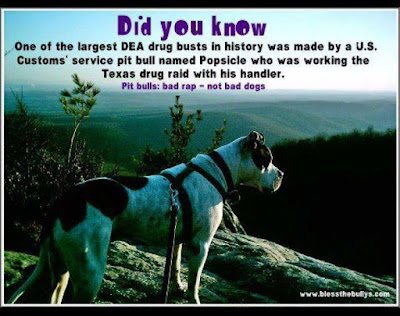Proper breed identification matters!
In a full service shelter, recognizing one breed from another improves lost and found reporting enabling owners to be reunited with their pets faster and opening up cage space quicker.
Shelters that continuously misidentify dogs to purebred rescue groups will find that their calls soon go unanswered – dismissed as just another “boy cries wolf” scenario. And when adoptables are improperly identified, it is the adopter who pays – unless the animal comes back to the shelter after someone at the vet’s office or on the street accurately identifies the breed type and the new adopter feels “had” by the organization.Just like Mom always said, “Honesty is the best policy.”
Starting this month I will be writing a breed identification column which I hope will enhance your knowledge of breed types – primarily canine since that’s where breed difference plays the biggest role – so that the Petfinder breed index is a more accurate tool for potential adopters. As more groups sign on and the list gets larger, accuracy will be even more important. So, let’s get started!
THE PIT BULL & PIT BULL MIX
There is probably no other breed type that demands accuracy more than the pit bull (and pit mix). Since adopters may find that owning this type of dog prohibits them from living in certain communities or demands that they purchase prescribed amounts of liability insurance or muzzle their dog when off home turf, they must know what they are taking on.
Let’s call a pit bull, a pit bull. Just because he’s black doesn’t make him a Labrador mix or because she’s red, she must be a Pharaoh hound. And a brindle coat does not a Whippet make!
If the dog before you has many of the following physical characteristics, he/she should most likely be identified as a pit bull or pit mix:
- Very short, hard, glossy coat of any color or markings
- Ears that are either cropped or medium-sized and folded
- Broad, blocky back skull and jaws Wide mouth that gives the appearance of grinning when opened
- Stocky, well-muscled body with a broad chest or sometimes a little gangly with a leaner, more wiry form
- Adult weight of 30-80 lbs., occasionally heavier males
- High activity level, engages in lots of jumping and tugging action
- Bonds quickly and deeply
- Quick reactivity, may be very aroused around other dogs






No comments:
Post a Comment